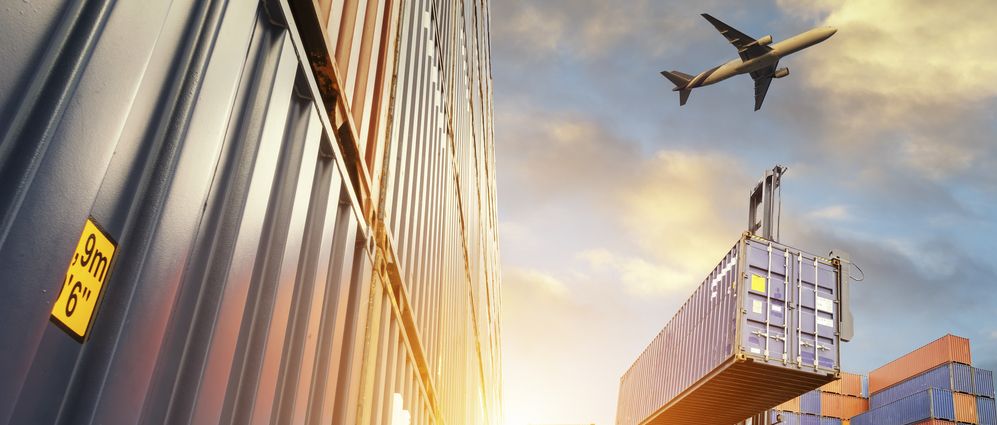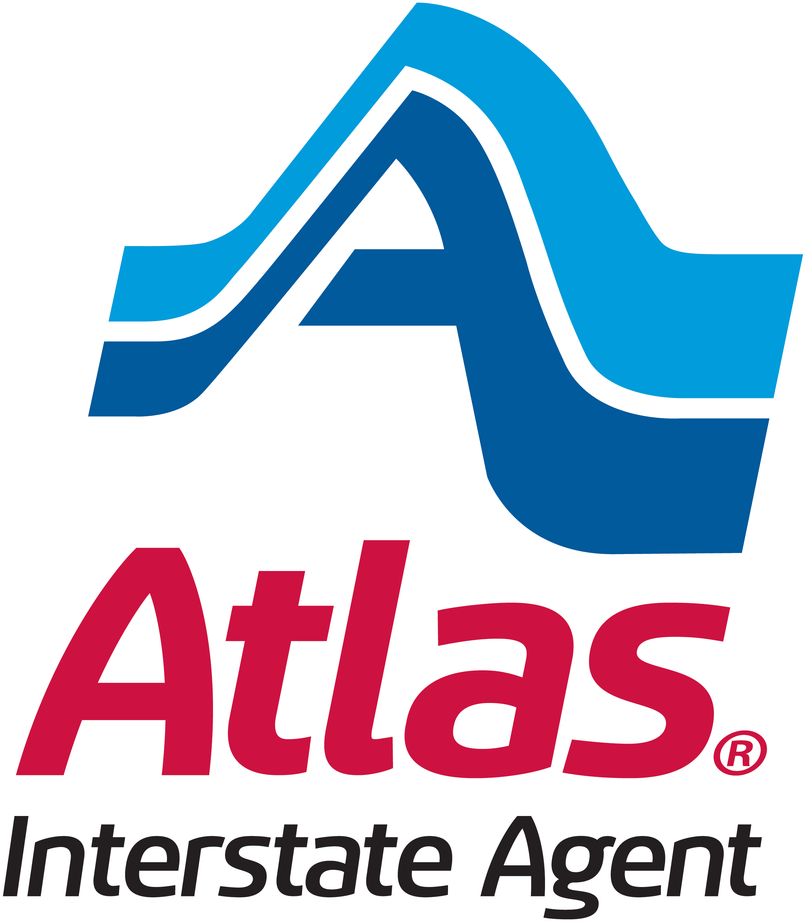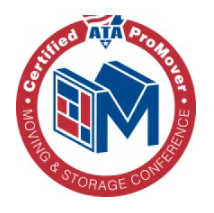International Moving

Nelson Westerberg streamlines global moving services for corporations needing to relocate internationally. As one of the best international moving companies, we provide our customers with continuous quality. If you want to move your entire business and employees abroad, our international movers have got you covered. Start with our global mobility guide to support you in the international moving process.
Communication
Communication is the most important component of our service model. Our team of professional international movers always listens to our customers who are relocating abroad. To get started, we’ll give you our pre-move planning survey. This survey will give us the essential information we need to provide you with a detailed quote.
We set realistic expectations, arrange and confirm dates, and provide you with host country information.
Next, we’ll discuss import and export requirements. International moves often require multiple modes of transport. We’ll arrange all of that for you. Know that we follow the highest quality standards. All of our shipping is done to meet FIDI/FAIM regulations.
Plus, our understanding of regulations, requirements, and documentation is second to none. We understand global logistics, transit insurance, and immigration policies. From our years of experience, we’ll create a customized strategic plan for your global relocation. Your plan will be created based on your budget, your timeline, and your particular needs.
To support you through the move, we will confirm details, explain policy information, and verify transit times. Our international move team will troubleshoot common transportation problems, and carry out regular program reporting. Nelson Westerberg international moving experts will even follow up with support after the relocation.
Moving Services
We provide the best international moving experience. With our global support network and our years of industry know how, we will move you safely and efficiently.
From experience, we have created an international moving guide to help you get planning. We understand modern mobility challenges and how to solve them.
Our many years in the industry have showed us that an international move plan can be complicated. Fortunately, at Nelson Westerberg, we have the support services (and the global partners) to help.
First, know that our origin and host country counseling services are never outsourced to a third party. As your trusted international moving company, we will be your immediate point of contact. For example, we will be the ones to walk you through import and export requirements, taxes, licensing, and permits.
We’ll also coordinate freight forwarding to get your cargo where it needs to go. Plus, our specialized transportation services can move everything from bulky machinery to household goods to vehicles.
Packing and Unpacking
Our international moving service would not be complete without support services. To streamline your move, we also offer packing and unpacking services.
At your origin location, our expert movers will carefully pack and secure all cargo for shipment. In addition, we will make sure that all of your items are prepared with the necessary documents and insurance to make the journey and clear customs.
When you arrive, we’ll coordinate with our agent partners for a smooth transition. As part of our international moving package, we’ll arrange for professional movers to unpack all of your cargo. They’ll even assemble your furniture and dispose of all trash.
Storage and Warehousing
Every international move is different. Sometimes, you may need to store household goods or corporate records temporarily or long term.
Nelson Westerberg international movers offer a variety of storage and warehousing options to meet your budget and satisfy your timeline.
With our extensive network of global partners, we’re equipped to meet your storage needs. For example, if you need short term or long term storage, we’ll arrange it. Or, if you need climate-controlled, secure space, we can do that, too. No matter what, we’ll store your goods.
International Moving Costs
International moving costs vary by project. Typically, the biggest price is the fee to move all of your items from origin to destination. Other fees include insurance, taxes, labor, and more. In your estimate, we will provide a detailed overview of all costs.
Equipment
Nelson Westerberg international moving experts use premium equipment to move your goods. For example, we have sea containers ranging between 25-40 feet. Also, we offer air containers of various sizes. For road transport, we use air-ride trailers with lift gates to aid in safe delivery. If you need special crating for antiques or vehicles, we can provide that, also.
Reporting
We use the latest reporting measures to improve our corporate global relocation services. We use objective data collection to improve service and coordination performance. Our database system, Traxx, provides us with in-depth insights into metrics like average spend, shipment size, and shipment type. Then, we use the results to improve our service.
Certifications
As a certified partner of the Customs-Trade Partnership Against Terrorism (C-TPAT), we work with customs authorities to secure the supply chain process. As a result, we are able to reduce border inspection times. In addition, we are members of FIDI, the largest organization of international moving companies, and the International Association of Movers (IAM). We are proud to say that we obtained FIDI-FAIM re-certification in October 2017 with a zero deficit audit.
These certifications improve our quality standards in areas such as accounting, customer service, and privacy protection.
Move Policy Consulting and Adherence
Unlike some other international moving consultation companies, we specialize in move policy consulting. This means that we can help you adhere to your current move policy. Our international moving company will enforce this policy in order to maximize efficiencies and improve compliance.
Why We’re Different
When it comes to creating an international moving plan, we pride ourselves on service. With an average of 15 years experience in the international household goods transportation industry, we believe in providing our clients with the freedom to choose the agent they want to work with. Our international movers always go one step above and beyond. One way we do that is by incorporating the latest web-based technologies into our business model.
Our solution-driven approach lets us focus on communication, connection, and engagement. Over the years, we have established relationships with international corporations, relocation management companies, and moving agents. Also, we have developed partnerships with ocean and air freight vendors, customs brokers, and other international moving companies. This means that we have the extensive support network to organize and successfully execute your international move.






